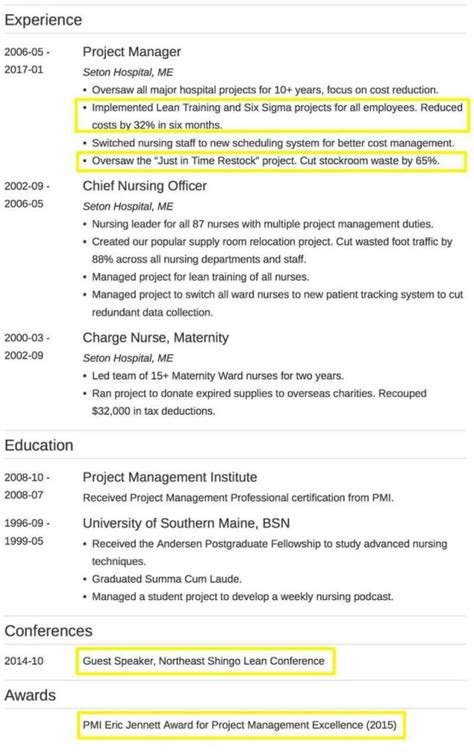Learn how to optimize your resume for SEO with our expert tips on understanding the role, identifying key qualifications, and highlighting relevant experience. Format your resume for success!When it comes to crafting a winning resume, it’s essential to ensure that your qualifications are presented in the best possible light. From understanding the specific role you’re applying for to identifying the key qualifications that set you apart, there are several crucial steps to take. In this blog post, we’ll explore the importance of listing qualifications on your resume and how to do so effectively. We’ll delve into understanding the role you’re targeting and how to tailor your qualifications to match its requirements. Additionally, we’ll discuss the significance of highlighting relevant experience and how to format your resume for maximum impact. By the end of this post, you’ll have a clear understanding of how to list qualifications on your resume in a way that truly showcases your value to potential employers.
Understanding the Role
When applying for a new job, it’s crucial to have a clear understanding of the role you are applying for. This means taking the time to carefully read the job description and requirements, and to consider how your skills and experience align with the needs of the position. Understanding the role also involves researching the company and its culture, so that you can tailor your application to demonstrate how you would be a good fit.
Additionally, understanding the role means being able to envision the day-to-day responsibilities and tasks that you would be expected to perform. This can help you to not only assess your own suitability for the position, but also to anticipate questions that may arise during the interview process. By having a thorough understanding of the role, you can effectively communicate how your background and abilities make you a strong candidate.
Overall, taking the time to understand the role you are applying for is essential for creating a tailored and impactful application. It allows you to showcase your qualifications and experience in a way that directly addresses the needs of the employer, increasing your chances of standing out among other applicants.
Identifying Key Qualifications
When it comes to crafting a winning resume, one of the most important aspects is accurately identifying the key qualifications that are relevant to the job you are applying for. This requires a thorough understanding of the role you are pursuing and an ability to pick out the specific skills, experiences, and attributes that the employer is looking for. By honing in on these key qualifications, you can effectively tailor your resume to make a strong impression.
Start by carefully reviewing the job description and making note of the qualifications and requirements listed. Look for any recurring themes or specific skills that are mentioned multiple times, as these are likely to be the most important to the employer. Additionally, consider any unique qualifications or experiences that are specific to the industry or position you are targeting, and highlight them in your resume.
It’s also important to consider your own professional background and identify the qualifications that make you a strong fit for the role. This might include relevant education, certifications, previous job experiences, or specific skills and competencies that set you apart. By clearly showcasing these key qualifications in your resume, you can demonstrate to the employer that you are a qualified and capable candidate for the position.
Highlighting Relevant Experience
When it comes to crafting a resume, highlighting your relevant experience is crucial in catching the eye of potential employers. Your experience section should showcase your past roles and responsibilities in a way that directly relates to the job you are applying for.
Use action words and quantify your achievements to give the reader a clear understanding of your capabilities. For example, instead of saying Managed a team, try Successfully managed a team of 10 individuals, leading to a 20% increase in productivity.
It’s also important to tailor your experience to the specific job description, emphasizing the skills and experiences that are most relevant to the position. This customization shows employers that you understand their needs and have the ability to meet them.
Formatting the Resume
When it comes to formatting your resume, there are a few key elements to keep in mind. First and foremost, be sure to use a clear and professional font, such as Arial or Times New Roman, and keep the font size between 10 and 12 points. This will ensure that your resume is easy to read and looks polished. Additionally, make sure to use consistent formatting throughout the document, including bullet points for listing items and bold or italics for emphasizing certain information.
Another important aspect of formatting your resume is organizing the information in a logical and easy-to-follow manner. Start with your contact information at the top of the page, followed by a brief summary or objective statement, and then move on to your education, work experience, and any additional relevant sections, such as skills or certifications. Using clear section headings and plenty of white space will make it easier for recruiters to quickly scan and find the information they’re looking for.
Lastly, be sure to save and submit your resume in the correct file format, typically a PDF or a Word document. This will ensure that the formatting remains intact and that your resume looks the way you intended it to. It’s also a good idea to name the file something professional and easy to identify, such as FirstName_LastName_Resume.pdf. By paying attention to these formatting details, you can create a resume that is both visually appealing and easy to navigate.
